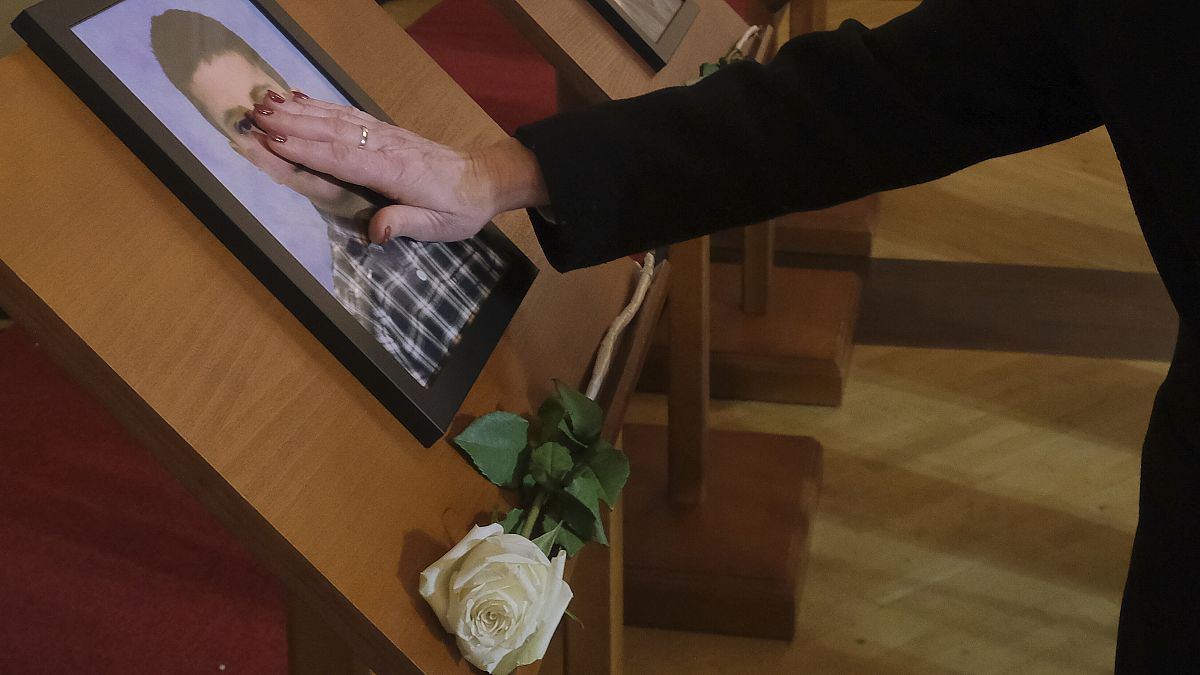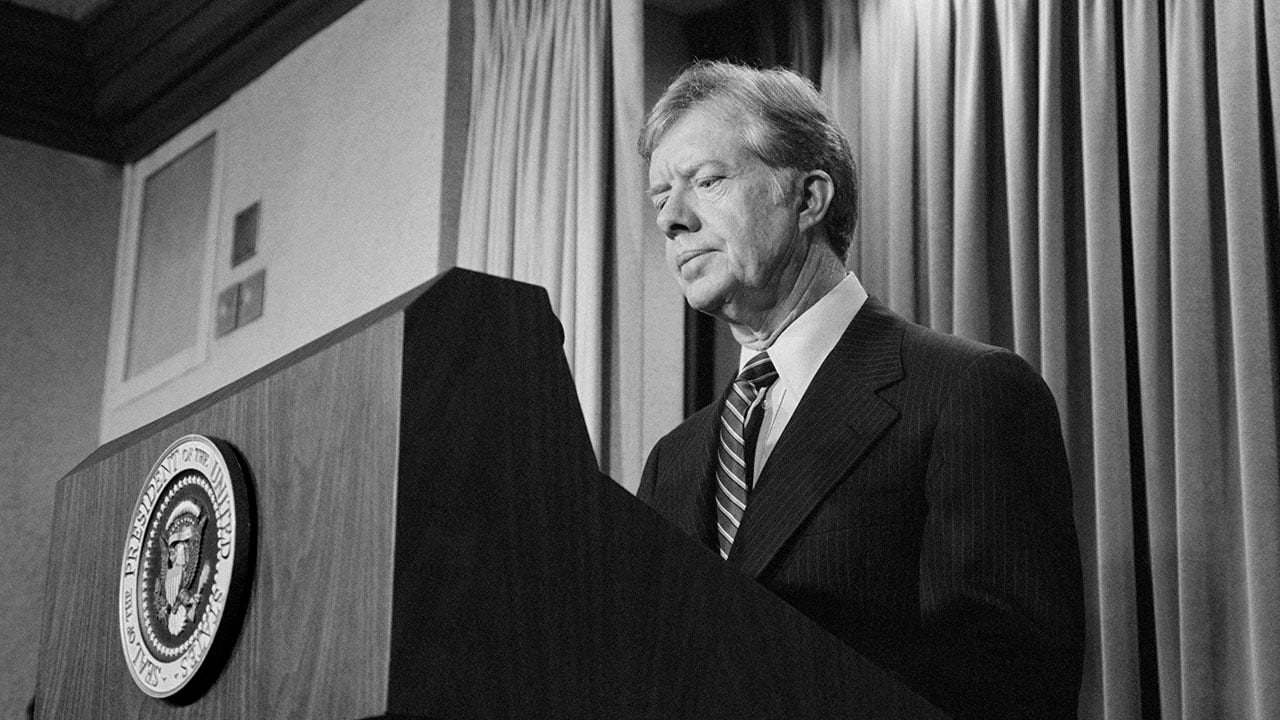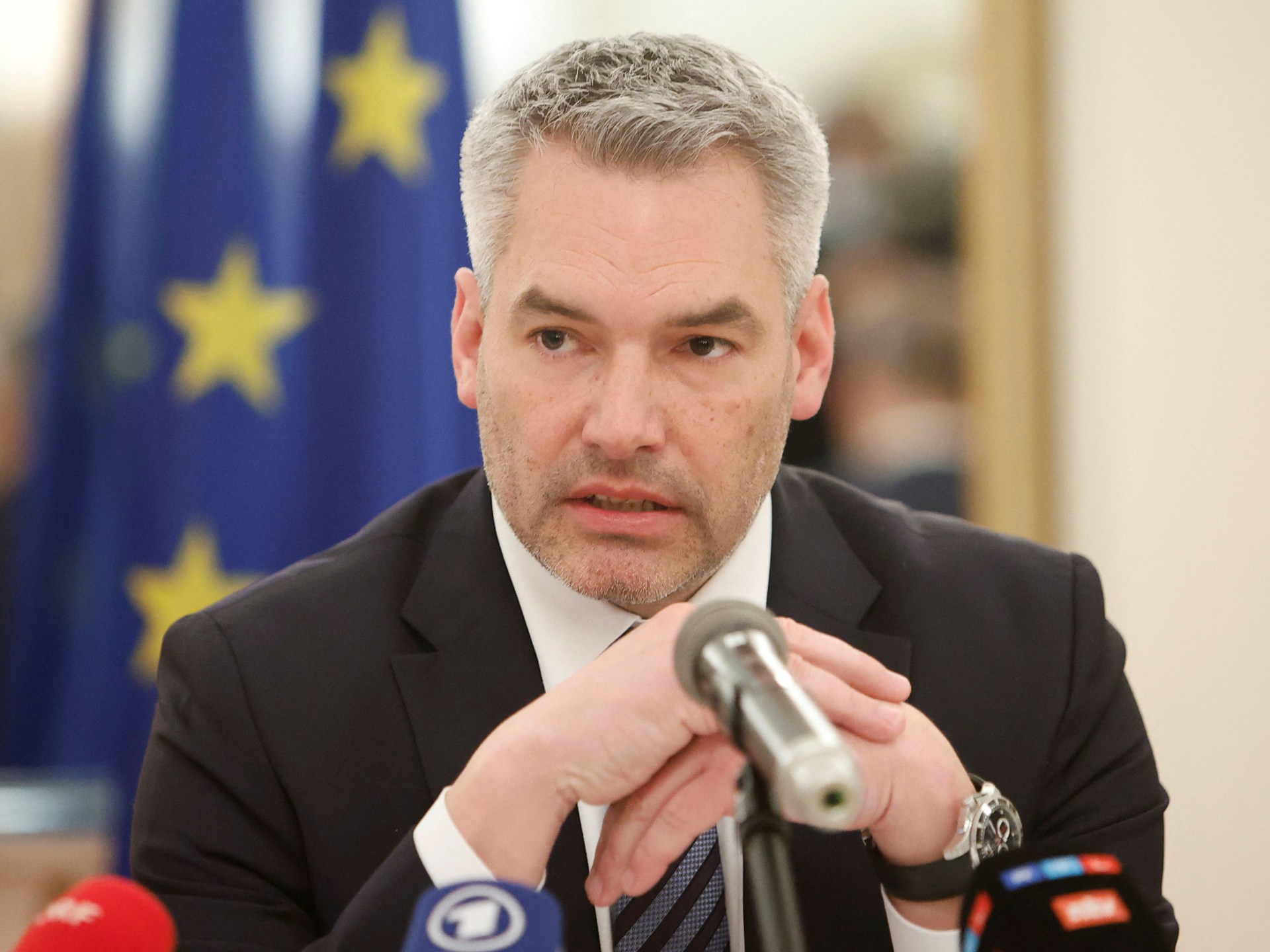Anchorage’s Luke Jager earned his third straight classic sprint national championship on Saturday, finishing atop an all-Alaska podium at Kincaid Park.
Jager, a member of the APU Elite Team, cruised into the 1.4K finals, winning quarterfinal and semifinal heats. He led most of the finals race, before Norwegian collegiate skier Andreas Kirkeng gained some steam on a downhill draft and passed Jager in the final stretch.
Jager’s time of 2 minutes, 55.93 seconds earned him the national title as the top American. APU teammate Michael Earnhart finished just a second and a half behind Jager, and UAA’s Murphy Kimball rounded out the top three Americans.
:quality(70)/cloudfront-us-east-1.images.arcpublishing.com/adn/QVBCVQVME5HCTIWNOP23E7UHHQ.JPG)
“Mike is a teammate and good friend,” Jager said. “So seeing him in the final, as cool as a cucumber and playing his cards right and being there at the right time, was awesome. Murphy, or Big Al as we affectionately call him, is super strong. He’s a young guy and is really impressive.”
It was the third straight national championship in the event for Jager. In 2023, he finished behind a pair of Norwegian collegiate skiers as the top American. And last year in Utah, he topped the podium with Earnhart coming in third.
Jager, a 2022 Olympian, has put an emphasis on effort in recent national championships and is glad the results have followed.
“You always try your best,” he said. “You can get really in the weeds with these things and think a lot about what it would mean to succeed or not succeed. At the end of the day, you just try your hardest and things usually work themselves out.”
Earnhart continued to improve his finishes on the national level, posting his best finish in a national championship to date. He said being part of the all-Alaska podium was a cool moment.
:quality(70)/cloudfront-us-east-1.images.arcpublishing.com/adn/J444SZAN5NBJVFR3Z5PS4JHN5Y.JPG)
:quality(70)/cloudfront-us-east-1.images.arcpublishing.com/adn/BVH7TZNROFA5VPWZZKYMUYBI4E.JPG)
“It’s the people you see all summer training and all fall, so it’s good to be up there together,” he said. “We’ve all skied this course a lot, so it’s nice to have that home course make a difference.”
The podium finish completed an incredible year for Kimball, a former West High standout who is a freshman with the Seawolves. At 17, he competed in a World Cup race, the youngest American to qualify for such a race. By virtue of his podium finish in the open division, he also earned a junior national championship.
“I had a great year of training and I started college and it was a huge transition and a lot of new things,” Kimball said. “But I’ve just been doing the job every day and today is just incredible.”
Jager posted the two fastest times of the day. His 2:55.48 was a hundredth of a second faster than Kirkeng’s final time. Jager’s semifinal time of 2:53.28 was just two hundredths ahead of Kirkeng, who was skiing for Denver University. Kirkeng finished runner-up in the semifinal heat behind Jager.
Jager was strong early in each race, and while he knew there was a chance he’d get drafted at the end, he wanted to be clear of the pack if possible.
“This hill notoriously doesn’t have that big of a draft,” he said. “Usually if you’ve got good speed and you’re out in front, you usually stay in front.”
Jager grew up in Anchorage and has enjoyed racing in front of a home crowd on familiar turf. He placed third among Americans in Thursday’s freestyle 10K race.
“It was sweet to see so many people braving what is feeling right now like really cold weather,” he said. “It’s cool to be out here and part of the community.”
On the women’s side, Samantha Smith earned a national championship, finishing third in her heat behind a pair of international skiers.
Swede Erica Laven, skiing for the University of Utah, won the finals heat in a time of 3:25.03. Former UAF All-American Mariel Merlii Pulles, representing Team Birkie, finished in second.
Smith, who has competed at the World Cup level for the U.S., isn’t a one-sport star. She is in the midst of her freshman year at Stanford, where she competes on the university soccer team with her sister Logan.
She said the agility, balance and strength needed for soccer crossed over into skiing.
“There are some components that help a lot with skiing,” she said.
But she only had 10 days on skis going into the weekend’s action.
“It was definitely an interesting fall and this was the first time I was able to only focus on one thing,” she said. “Going into here, I only had 10 days on skis, so I wasn’t really sure what to expect at all.”
Smith was a winner in the sprint race at last year’s Super Tour stop in Anchorage and is a fan of Kincaid Park’s Gong Hill, which catapults racers cruising into the final straightaway at the finish.
“That is one of my favorites,” she said.
Action continues Sunday with a 20K mass start race, beginning with men at 11 a.m., women at 12:30 p.m. and U20 starting at 2 p.m.

/do0bihdskp9dy.cloudfront.net/08-05-2023/t_2b8061d14e3a4541bfb405120119e1e9_name_file_1280x720_2000_v3_1_.jpg)





:quality(70)/cloudfront-us-east-1.images.arcpublishing.com/adn/WIHUHNCQE5A7LKITWUVJKXOGXQ.JPG)
:quality(70)/cloudfront-us-east-1.images.arcpublishing.com/adn/TPE6QFDDHZEJPC3UL6U3KFJVSU.JPG)
:quality(70)/cloudfront-us-east-1.images.arcpublishing.com/adn/TUW24MO4V5HDHKXCXEFDWZUVVI.JPG)
:quality(70)/cloudfront-us-east-1.images.arcpublishing.com/adn/BDHS63FF2RA65FE67LEK4BYJAY.JPG)
:quality(70)/cloudfront-us-east-1.images.arcpublishing.com/adn/GXF3XS2RARHIFE374RU3D4GU4U.JPG)
:quality(70)/cloudfront-us-east-1.images.arcpublishing.com/adn/CHYX5O2ARBAONOQZXYAW3YTOC4.JPG)
:quality(70)/cloudfront-us-east-1.images.arcpublishing.com/adn/2VRDMOP4NZHCXAIOZOISILVKLA.JPG)
:quality(70)/cloudfront-us-east-1.images.arcpublishing.com/adn/HCQP3RYN4BH4JDVCN442J6PZGM.JPG)
:quality(70)/cloudfront-us-east-1.images.arcpublishing.com/adn/VVRTH33HMVAG7CYKXXDM6XULXI.JPG)
:quality(70)/cloudfront-us-east-1.images.arcpublishing.com/adn/T5WGCGX7NJGVZCILYMCXFRXFKY.JPG)
:quality(70)/cloudfront-us-east-1.images.arcpublishing.com/adn/L4HCH3NSIFE5WW3R3FZUSIICWY.jpg)
















/cdn.vox-cdn.com/uploads/chorus_asset/file/24982514/Quest_3_dock.jpg)





